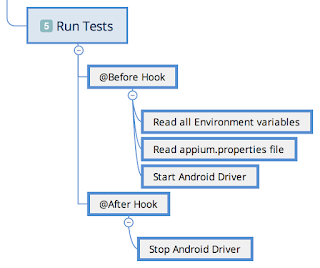Following up on my earlier post about ODSC - Data Science, AI, ML - Hype, or Reality?, I thought it is good to also share some of the good examples of work happening in the field.
Here are some of the examples I got to hear in the ODSC conference, most of which are available to the common human:
- Amazing work done in the complex field of Speech recognition
- Why complex? Think about languages, dialects, multiple conversations at the same time, different speed of talking, etc.
- Text to speech
- Ex: This is especially very helpful for people with disabilities
- Speech to Text
- Ex: Alexa, Google Voice, etc. type of applications
- Traffic control / Routes / Navigation
- Ex: Google Maps
- Recommendation engines
- Ex: eCommerce products
- Preventive maintenance
- Lot of advanced vehicles have a number of sensors that can alert the driver / car manufacturer about potential issues coming up / service due for the vehicle
- Autonomous vehicles
- Ex: Self driving vehicles
- Ex: Optimizing Cab scheduling / routing - There was a good session on how OLA manage its complexity in scheduling and routing - which is very applicable to eCommerce, Aviation industry, Hotel industry, etc.
- I recently also saw a video about Volvo truck driver getting out of the truck in a difficult terrain, and walking in front of the truck, controlling its movement using a game-like controller
- Medical equipment / gadgets for preventive / alerting health-care products
Also, Dr. Ravi Mehrotra, from IDeaS made a very powerful statement in his keynote - that I loved!!
He said - "Best way to learn, is to forget what is not important".
This statement resonates a lot with what I think .... one needs to forget what is not (as) important, in order to focus and prioritize on what is important and can add value.
Especially true for Testers to keep in mind!


















